There’s a saying that imitation is the sincerest form of flattery, and when it comes to prestige products like handbags, watches, and cameras, there are whole industries of companies looking to counterfeit those products and sell them as the real thing. For cameras, the most commonly imitated examples are screw mount Leica rangefinders. To the casual observer, a counterfeit Leica looks very close to the real thing, but once you know what to look for, they can be very easy to spot.
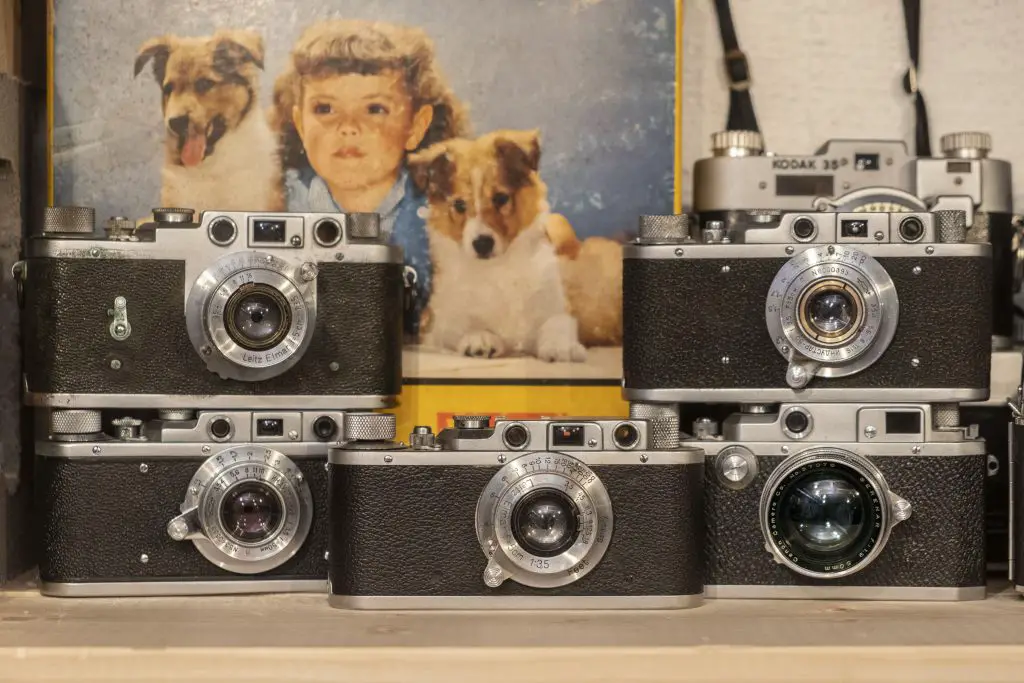
Screw mount Leicas are easy targets as they are very popular and were in production by Ernst Leitz GmbH from 1925 through 1960. Leitz has continued to make M-series film and digital cameras ever since, but those cameras are much harder to counterfeit, so for the remainder of this article, whenever I mention an original or fake Leica, I am only referring to the screw mount cameras.
TL:DR Warning: This article is comprehensive, giving a bit of history to fake Leicas along with detailed instructions on what to look for. If you prefer a shorter version of this guide that only shows you the bare minimum amount of information, I created a condensed version that’s less than 600 words you might prefer.
One thing that makes screw mount Leicas so easy to fake is that there were a large number of camera manufacturers who made their own Leica copies that ranged from nearly identical to vague replicas. To make a fake Rolex or Coach handbag, you must create the fake from scratch, but to make a fake Leica, you just need to modify something that is already pretty close.
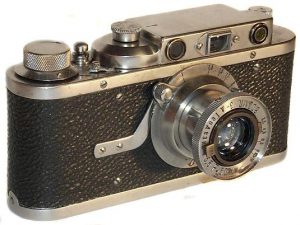
In the 1930s, the Soviet Union declared that they wanted their own Leica copy and challenged three different Soviet factories to build their own versions of the Leica II rangefinder and put it into production. Of the three factories, the one that was chosen was the FED factory in Kharkov, Ukraine. The other two were VOOMP and Geodeziya who each made similar versions for a short while. Because of their low numbers, VOOMP and Geodeziya cameras are highly sought after collector’s items today. Trying to pass one of these rare cameras off as a Leica would actually de-value them, so you’re not likely to ever come across one being sold as a Leica.
During World War II, the FED factory was badly damaged by the German army, interrupting camera production. The Soviet Union decided to move camera production to the KMZ factory near Moscow, away from invading forces. There, KMZ workers would pick up where FED left off and produce it’s own camera called the Zorki. At first, Zorki and FED rangefinders were identical. In fact, some early Zorkis were cross branded as FED Zorkis with both factory’s logos. Within a couple years after the war, the FED factory was rebuilt and was able to resume making their own FED cameras. Both KMZ and FED would continue producing their own Leica II copies until the mid 50s, when newer models replaced them.
Both FED and Zorki cameras shared many of the same attributes to the Leica II that they were based off. From a distance, or to someone whose never seen a real Leica up close, the two cameras look very similar, have the same controls, and in most cases, can even accept the same lenses. Although neither FED nor KMZ ever made any claim that what they were producing were real Leicas, in the years that would follow, a huge number of FEDs and Zorkis had their name plates altered to say Leica, even going as far as to change the the lenses and the serial numbers to match that of a real Leica camera.
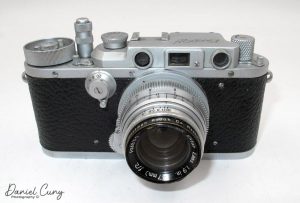
Making cameras that looked and functioned like a Leica was not unique to the Soviet Union as nearly every camera producing country in the world created their own. The United States, England, France, and even Italy all created Leica-like cameras that ranged from being nearly indistinguishable, to just loosely similar.
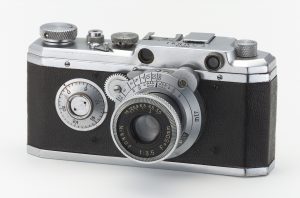
Of all the countries that made Leica copies, the one that did it the best was Japan. Starting in the mid 1930s, a small company called Seiki-Kogaku would create a camera called the Kwanon that was to be Japan’s first 35mm rangefinder camera. The Kwanon never went into production, but evolved into a camera called the Hansa Canon that did. Shortly after the Hansa Canon went on sale, Seiki-Kogaku would change it’s name to Canon, a name the company still uses today.
Other Japanese companies like Nicca, Tanack, Minolta, and Leotax all built their own versions of Leica screw mount bodies, but unlike the Soviet cameras which were cheap knock offs, the Japanese cameras were quite good, and in the case of some Nicca and Canon models, are seen by some collectors as superior to the real thing.
Japanese Leica copies were considered back then, and still today, as excellent cameras that are collectible in their own right. It doesn’t make much sense to try and pass one off as a real Leica, plus in the case of Canon and Minolta models, they look quite a bit different and would be easy to spot. I am sure that Japanese Leica fakes do exist, but they’re not common, and in the unlikely event you come across one, I would not depend on an Internet guide to be able to tell the difference.
By far, of all the cameras passed off today as fake Leicas, the overwhelming majority of them are FED and Zorkis modified to look like a Leica, and for the remainder of this article, these are the fakes I will discuss. By the end of this article, you will see that it’s pretty easy to spot a fake Leica and should be able to determine with greater than 99% positivity, whether the camera you have, or are looking to buy is a real Leica or a fake.
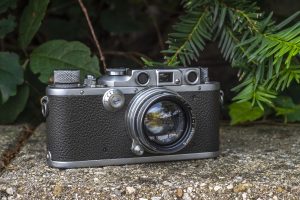
Slow Speed Dial
One of the first things I look for whenever I want to determine a Leica’s authenticity, is whether or not it has a slow speed dial on the front. The Leica III had a separate slow speed dial on the front of the camera above and to the left of the lens. The FED and Zorki are copies of the original Leica II without slow speeds, so therefore they do not have a slow speed dial on the front.
The absence of slow speeds alone does not determine the authenticity of a Leica, but the presence of one goes a long way towards doing so. The original FED and Zorki cameras were produced in the millions, and none of them had slow speed dials. Real Leica IIs were produced only from 1932 to 1948 and in much smaller numbers than the Soviet copies. After 1948, the Leica II series continued with the IIc and IIf, but these two models have a distinct round plate where the slow speed dial should be, making them very easy to spot.
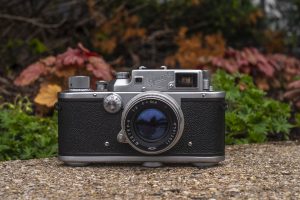
The later Zorki 3 did have a slow speed dial that looks a lot like the Leica’s, but Zorki 3s were produced in much lower numbers and have a completely different top plate and viewfinder. It would be possible to take a Zorki 3 body and have it’s viewfinder and top plate replaced with one from an earlier Zorki or FED and then modified to look like a fake Leica, but the effort required to do this makes this an unlikely conversion.
There are many Japanese Leica clones that have slow speed dials too, but as I mentioned earlier, Japanese cameras generally have enough value that it doesn’t make sense to try and pass one off as a Leica.
Knowing that a fake Leica made from a Soviet FED or Zorki is unlikely to have a slow speed dial, if you encounter a camera without a slow speed dial, you’ll need to keep reading to determine it’s authenticity, but if the camera does has one, the odds of it being genuine go up considerably.
Viewfinder Window Shape
In my opinion, the easiest way to identify a real Leica from a fake is by looking at the viewfinder and rangefinder windows on the front of the camera. At a quick glance, the shape of the rectangular window in the center is a dead giveaway as all Soviet FED and Zorki cameras have a trim piece that goes all the way up to the flat surface on top of the camera, whereas Leica cameras have a noticeable border around the glass window that does not touch the top plate of the camera.
Looking at the two images above of a Leica II on the left and a Zorki on the right, you can see a clear difference in shape of the rectangle window. The top of the frame does not touch the top of the camera on the Leica, but it goes all the way up on the Zorki. Although I don’t show it, FED rangefinders have the same shape to this window as the Zorki. This is something that can be easily spotted more than 99% of the time because this is a piece of the design that Soviet cameras almost always have, and real Leicas never do.
Edit 12/10/2020: After publishing this article, I was alerted by a keen-eyed Soviet collector that early FED cameras made 1937 or earlier have a window that also does not go to the top plate. You can see pictures of these at sovietcams.com, but they still look different from the real thing. Also, these cameras are rare and highly collectible, so for anyone to take an early FED like this and try to pass it off as a Leica, would actually be devaluing it, so the likelihood of this happening is very, very small and I feel confident that the shape of this window is still a safe bet to identify a counterfeit.
The circular windows are different too, just less obvious. In the Leica on the left, the glass portion fills up a greater amount inside of the chrome ring, whereas on the Zorki, the glass part is smaller. This is easy to see in the side by side images above, but can be harder to spot when looking at a camera by itself.
Whether you have the camera in your possession, or are looking at a picture of one online, the shape of the frame around the rectangular window is the simplest and easiest way to identify a fake Leica as the amount of machining it would take to change this trim piece on a FED or Zorki to look like the real thing would not be worth it to most counterfeiters.
I guess it is plausible to take a FED or a Zorki and swap the top plate from a real Leica onto a Soviet body, but this is extremely unlikely. If you want to eliminate any chance that your fake Leica has a couple real Leica parts on it, you’ll need to keep reading.
Rangefinder Coupling Arm
If you need more evidence in addition to the shape of the viewfinder window, another really good way to determine whether you have a Soviet fake or a real Leica is to look at the rangefinder coupling arm inside of the lens mount. You can easily see this arm by taking the lens off and looking in the space at the top of the inside of the lens mount.
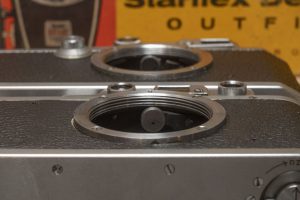
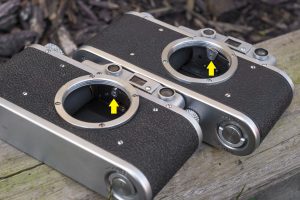
Real Leicas will have a wheel, Soviet fakes will have a solid metal arm…always. If you have a camera that claims to be a Leica and you can see a solid arm, then you can say with absolute certainty that the camera is counterfeit.
In the image to the left, the camera in the foreground is a Leica, and behind it is a Japanese Leotax which also has a round wheel. The design of the wheel did change a bit on later Leicas, as earlier ones are solid like the one here, but later ones have a black painted or ribbed design like the Leotax and many Japanese copies. As I mentioned earlier in this article, if someone had a fake Leica made out of a Japanese camera, it would be much harder to spot, but this is hardly ever done.
Looking at the shape of the rectangular viewfinder window and the rangefinder coupling wheel should be good enough to spot 99.999% of fake Leicas, but sometimes you only have a single image of a camera in an eBay auction or blurry Facebook ad that doesn’t clearly show the window or the coupling wheel, so you might still need to look at a few other things.
Lens Infinity
Although you can mount most genuine Leica lenses to Soviet FEDs and Zorkis, it is not usual to find a Soviet camera with anything but a Soviet lens. Since it can usually be assumed that a fake Leica is going to have a Soviet lens that has also been faked, there’s an easy way to tell the difference just by looking at the focusing arm on the lens.
Most FED and Zorki cameras that are modified to look like Leicas have either a FED 3.5, Industar-22, or Industar-50 collapsible lens. All three of these lenses are based off the Leitz Elmar 5cm f/3.5 collapsible lens found on many early Leicas. For reasons that I’m not sure anyone understands, the infinity position on both the FED and Industar lenses are not in the same position as the original Elmar that they are copies of.
When you’re looking at a genuine Leica with a genuine Elmar lens, with the lens set to infinity, the focusing arm should always be near the 7 o’clock position around the lens mount, but when looking at a Soviet camera, in most cases, it’s usually near the 9 o’clock position. The reason I say “most” and “usually” with the Soviet cameras is that it’s not consistent. There were many subtle sub variants of FED and Zorki cameras, and in some early FED cameras and lenses, the infinity position can be anywhere from the 5 to 9 o’clock position.
When looking at a camera and trying to determine it’s authenticity, having the infinity stop near the 7 o’clock position does not guarantee authenticity, but having it near the 5 or 9 o’clock position definitely guarantees that it’s not genuine.
Black Trim Around Body Covering
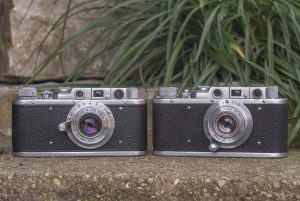
Starting with Zorkis made in 1951, a black painted trim piece appeared in between the body covering and the top and bottom plates of the camera. No Leica ever had this trim, as the body covering went all the way up to the chrome (or black painted) top and both plates. All FEDs and early Zorkis did not have this either, so the lack of this black trim does not guarantee authenticity, but the presence of it guarantees that it’s not genuine.
Egregious Paint, Body Design, Ornamental Nazi Symbols, Berlin Olympics, or Other Engravings
When a FED or Zorki is being modified to look like a Leica, one of the first steps is to sand down the original engravings on the top plate and re-engrave it with the Leica logo and Leitz Wetzlar markings. In order to do this, the chrome finish of the FED or Zorki camera is either sanded off or chemically removed, revealing bare brass underneath.
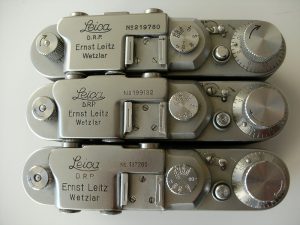
Once the new engraving has been completed, it must be re-chromed to give it the appearance of a Leica. For some counterfeiters, this is too much work, so rather than apply a new chrome finish, they artificially tarnish the raw brass, or in some cases polish it to give it a shiny “gold” finish.
Often, they won’t stop there, and will add crazy things to the camera suggesting it was used by the German military or was an Olympic commemorative edition. Sometimes Nazi symbols, Iron Crosses, or other military insignias are glued to the body.
Taking it several steps farther, the whole camera is sometimes painted oddball colors, with red, orange, even pink colors. In the most extreme cases, the original body covering is removed and replaced with crazy alternatives like lizard skin, artificial leather, or even wood veneer.
Leicas only ever came with a chrome or black painted finish with a black Vulcanite (non-leather) body covering. With the exception of a small number of Luftwaffe Leicas which I previously discussed in my Wehrmacht Leica article, there were never any official commemorative editions for the 1936 Berlin Olympics or any other event. The presence of any garish engraving, ornament, or painting pretty much guarantees you have a fake. Although there’s nothing stopping someone from taking a real Leica, stripping off it’s paint, adding some silly engravings, and painting it lime green, I don’t think anyone would want to do that. At least not someone who would then turn around and try to sell it for a high dollar price.
Take a look at the gallery below of Leica cameras for sale on eBay and tell me how many of them you think are genuine Leicas.
If you said none of these are real, you’re right! Each and every camera above is fake! The colored and polished brass ones are the most obvious, but even the ones that have what appear to be authentic chrome plating have all of the details mentioned already in this document. A couple of the cameras aren’t even the right Zorki or FED camera as there’s a FED 2, a FED 5, and a Zorki S in this mix!
Other Small Details
With the information above, you have enough information to spot nearly every fake Leica out there, but if you absolutely, positively, need to be 100% sure, there are still a few more things you can check. The problem with the rest of these is that they usually require a real Leica to compare to, or at least a great deal of experience with one to spot as by themselves, they can be tricky for a novice to spot.
The first “other detail” is the shutter release button which can often be an obvious giveaway, especially when looking at fakes made from Zorkis as the design is totally different.
In the gallery above, the camera on the left is a real Leica, the one in the center is a FED and the one on the right is a Zorki. you’ll notice that both the Leica and FED use a shutter release that is flat on top and has a knurled collar around it. In both cases, this collar can be unscrewed revealing threads which allow for an externally threaded cable release to be attached. Although there are subtle differences between the Leica and FED shutter releases, spotting them isn’t easy.
The Zorki, on the other hand, looks nothing like the other two. With the Zorki, the button is internally threaded for a standard shutter release cable and the collar around it is not removeable. I have no statistical evidence of this, but in my time collecting cameras and while researching this article, it seems that a much higher number of Zorkis are turned into fake Leicas, than FEDs are. I am not sure why this is the case, or even the exact numbers, but it seems that many of them have the Zorki style shutter release, so if the camera you are looking at has an internally threaded shutter release, it’s definitely a fake, but if it’s smooth like the first two, you will need to look at other things.
Another area that is hard to fake is in the stitching (or lack of) on the cloth curtains. Like the rangefinder coupling wheel, this requires the lens to be removed, so when looking at a picture online, this might not be an option, but if you are inspecting the camera in person, this is something I definitely recommend checking.
As you might expect, German companies are not known for taking shortcuts. They will put small details into their cameras in the interest of quality that are often overlooked by most people. On a genuine Leica, the edges of both the first and second shutter curtains will be stitched to a metal tab folded under the curtain material to make the leading and trailing edge stronger.
On many Soviet cameras, they just folded over the cloth material and glued it without any stitching. In the gallery above, the Leica is on the left and a FED is on the right. It is worth noting that some Soviet cameras do have stitching though, and it’s plausible to replace cloth curtains with stitched ones, so this one detail by itself is not a sure fire way to gauge the authenticity of a camera, but it’s safe to say that if you see curtains with no stitching, it’s a fake.
Since we’re talking about subtle details that the Germans were willing to put into their cameras that the Soviets weren’t, another area that has differences is in the engravings on the top plate, shutter speed dial, and exposure counter. Real Leicas will have very thin and precise engravings that should be filled in with black paint. Soviet cameras usually have much thicker and less precise engravings, which sometimes have rough surfaces and are often not paint filled. The counterfeiters are usually good enough to fill in the new Leica engraving on the top plate, but they often miss the shutter speed dial and numbers on the exposure counter.
In the gallery above, the real Leica is the middle camera in both pictures. Notice how the engraving is fine and consistent whereas the other two are less so. The FED on the left is the worst looking of the three, featuring very bold and crude numbers with no paint. The Zorki on the right does have black paint, but the engraving is still less precise than the Leica in the center.
Another attention to detail is in the shape of the top plate around the accessory shoe and shutter speed dial. Leitz, FED, and KMZ all used stamped brass for the top plates, but the level of detail and precision in a Leica is significantly higher than in any Soviet copy.
In the two images above, pay attention to the gap near the left edge of the accessory shoe. On the Leica, the gap is narrow and there is a rather sharp edge where the top plate curves down below the accessory shoe. On Soviet cameras, this gap is not only larger, but the curve is much more gradual.
Also pay attention to the back edge of the top plate, near the right corner of the accessory shoe. On the Leica, there is an almost 90 degree inward turn towards the stepped portion below the shutter speed dial. The curves of the stepped portion are angular and precise. On the Soviet camera, the 90 degree inward turn is completely missing, instead the rear edge continues to the stepped portion and the curves on the stepped portion are much softer and less clearly defined.
In each of these images, it helps to have a real Leica to compare to, but even without one, looking at a Soviet fake, it should be pretty obvious that the attention to detail is not there. You wouldn’t expect a BMW to have large panel gaps or vague and imprecise edges in the body panels. No, they’re sharp, precise, and purposeful. The same thing applies to cameras.
As you get more used to identifying genuine Leicas versus the copies, you’ll see that the build quality of the Soviet cameras is not up to the standards of the real thing. The sound of the shutter firing, turning the film advance knob, and even adjusting the focus on the lenses are almost always smoother and more refined on the real thing. It’s like comparing the sound of a door closing, the feel of the climate control buttons, or the stitching on the upholstery between a Mercedes Benz to that of a Chevrolet. Leicas were high end precision instruments whereas the Soviet cameras were mass produced, built on assembly lines sometimes by children, prioritizing speed and quantity over quality and precision.
Soviet Leica Copies Must Really Suck…Right?
With everything I’ve included in this article, it’s not a stretch for someone to read it and think, “boy, Soviet rangefinders must really be terrible.”
Here’s where I’ll tell you that the FED and Zorki cameras that these fake Leicas are made from, are actually not that bad. No, they’re not up to the same quality standard, but they don’t have to be. Fake Leicas made from Soviet rangefinders are actually a semi-recent occurrence that became popular in the 1990s after the fall of the Soviet Union when people saw an emerging market of camera collectors that they could make a profit by creating counterfeits.
When FED and Zorki cameras were first built in the 1930s through the 50s, they certainly copied many things from the Leica, but they were never sold as the real thing. No one buying a Zorki in 1952 was ever tricked into thinking they were buying a German camera. These cameras were sold at a considerable discount to real Leicas, and this price disparity still exists today. You can easily find unmolested Zorki 1s with collapsible Industar f/3.5 lenses in working order for sometimes as cheap as $50. A comparable Leica II or III with lens in good working order will likely be four times more, or even higher for a less common variant.
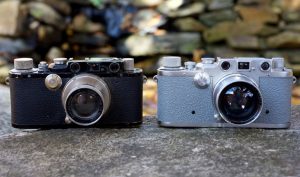
I have both a very nice Zorki-1 in my collection with an almost flawless Industar-50 lens that is wonderful to use, has a bright and accurate rangefinder, a shutter that works at all speeds, and makes images indistinguishable from those from the real thing. If you don’t want to take my word for it, late last year, I sent three “Barnack copies” to my friend and fellow blogger Johnny Martyr, who professionally shoots his Leica rangefinders, and had him write down his thoughts on how they held up to the real thing.
The following gallery shows four images I shot through the Zorki-1 with an Industar-50 lens seen elsewhere in this article. The images are just as sharp and colorful as any I could have shot with a Leica II with an Elmar lens.
Additional Reading
http://rick_oleson.tripod.com/index-213.html
https://www.fedka.com/jay/index_files/Page367.htm
https://www.cameraquest.com/leica_II_fake.htm
https://johnnymartyr.wordpress.com/2020/03/31/martyrs-leicas-vs-eckmans-copies-introduction/

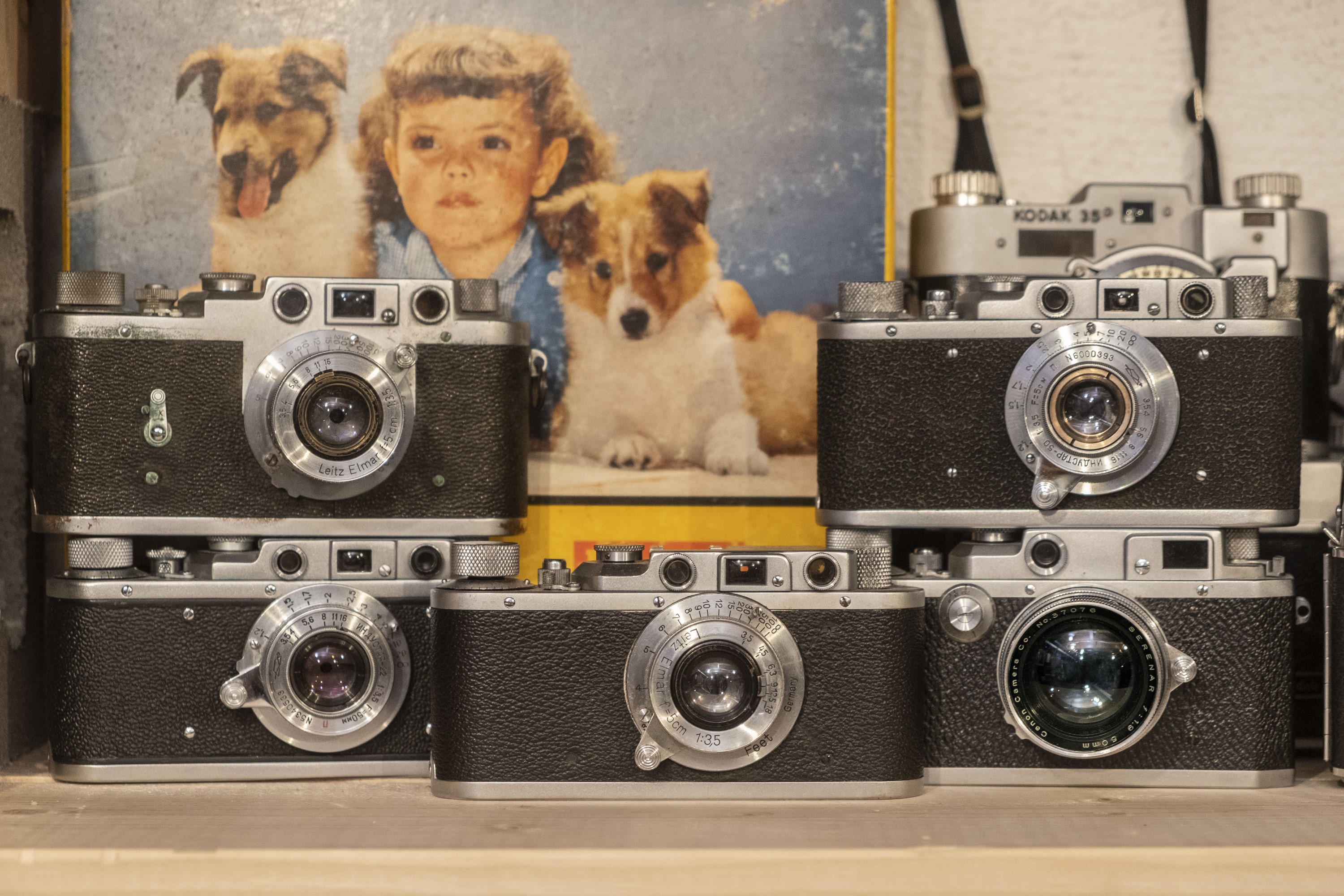
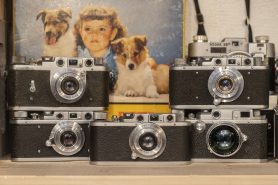
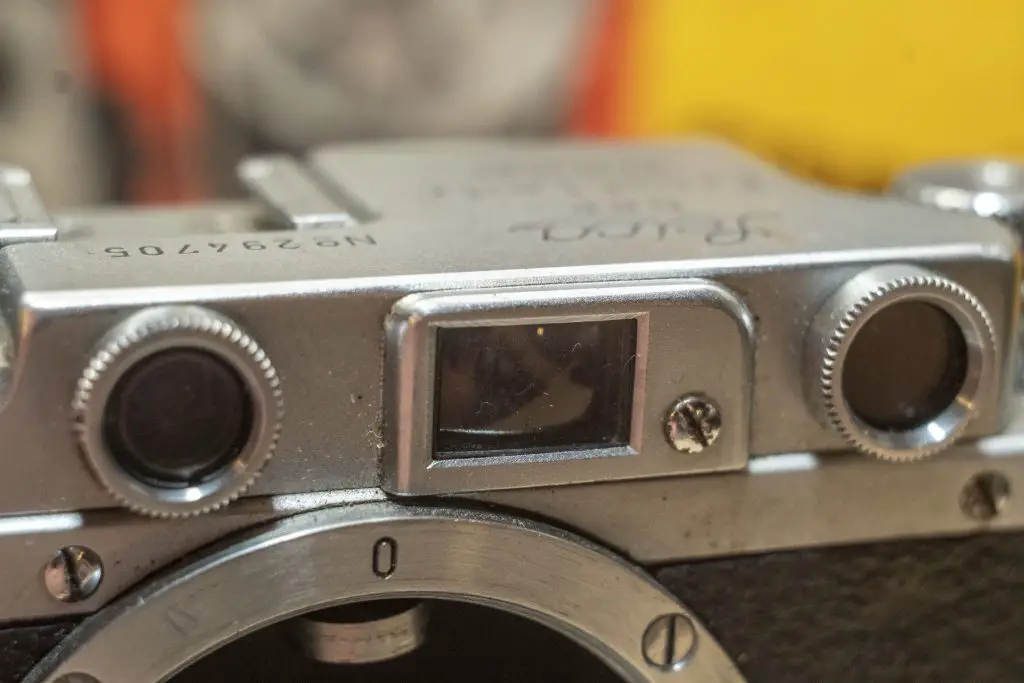
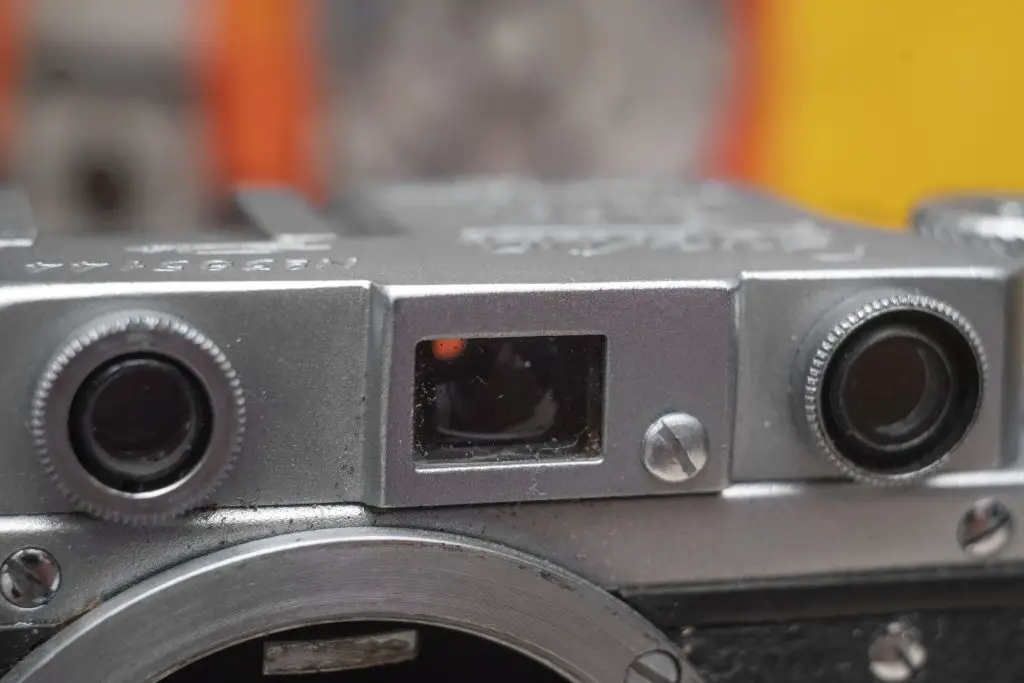
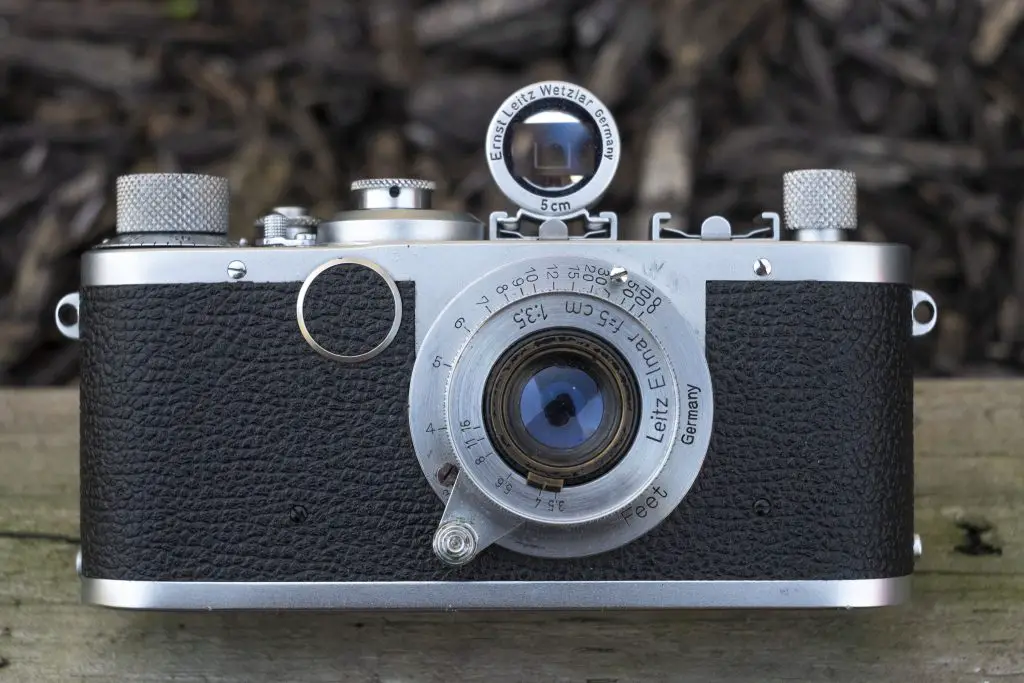
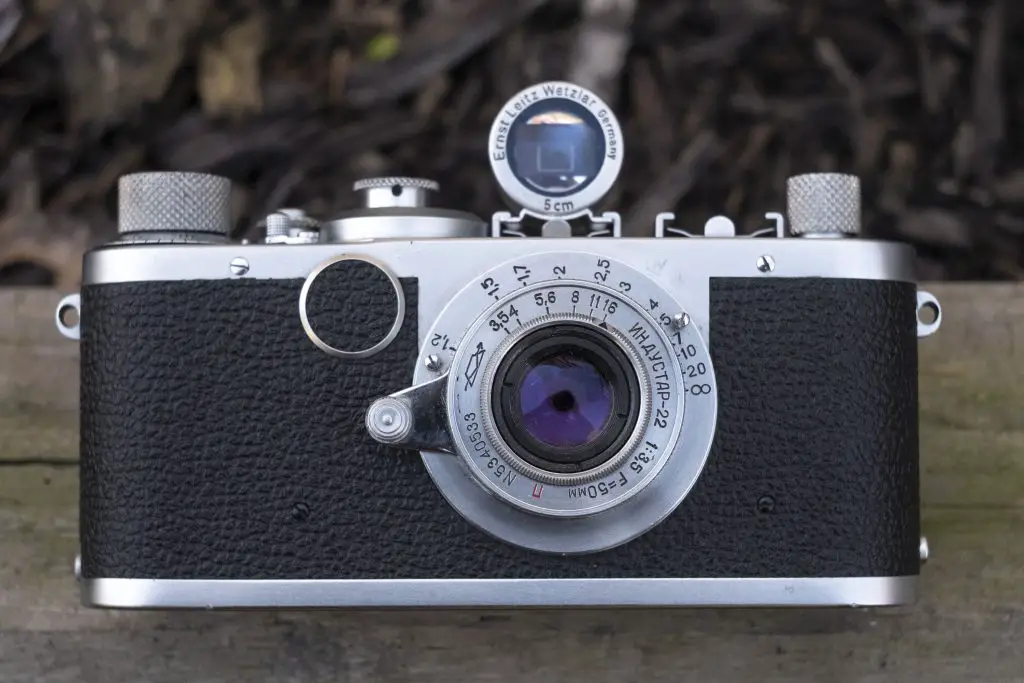
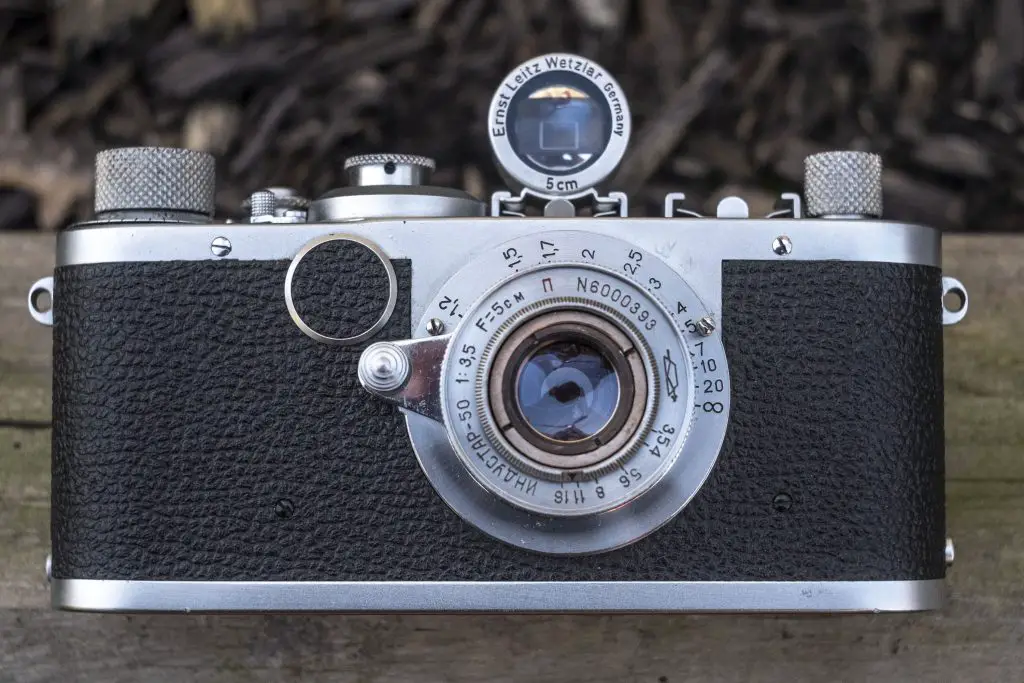
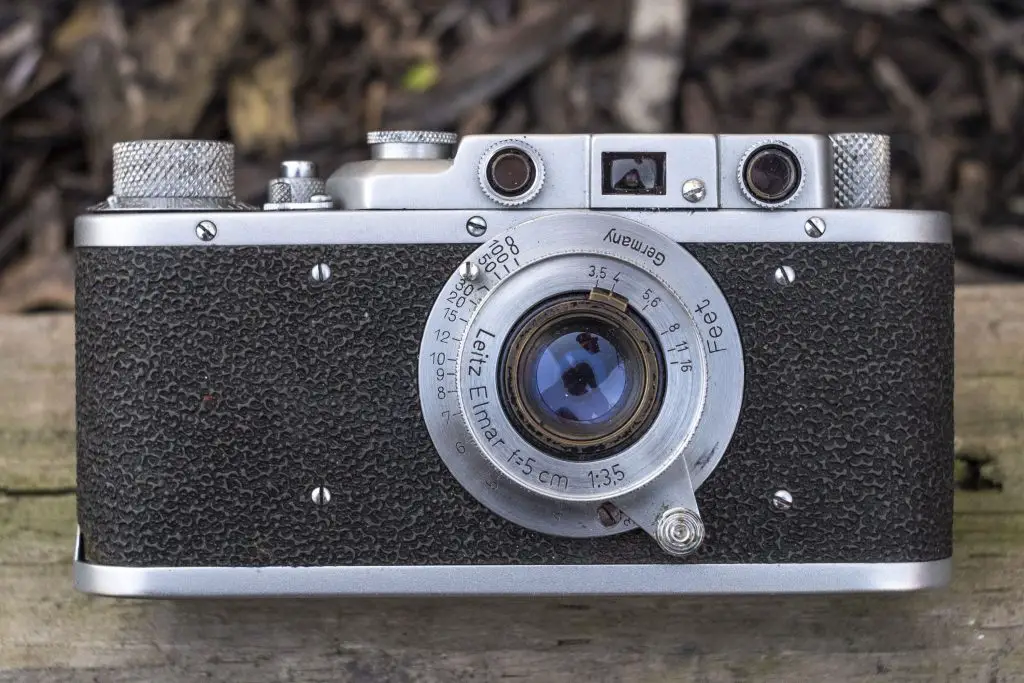
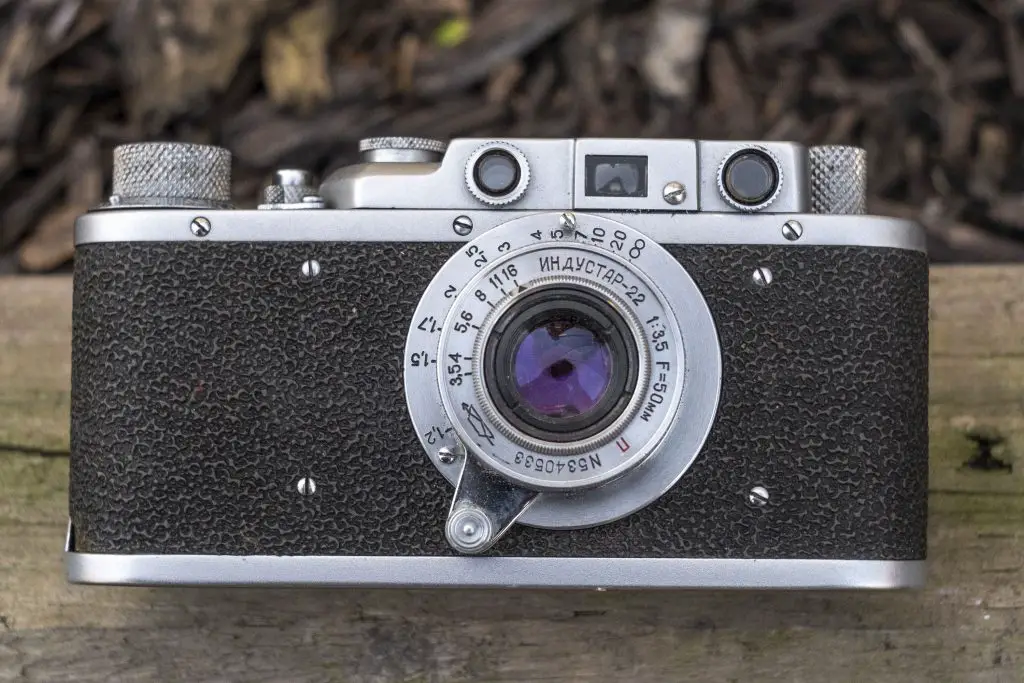
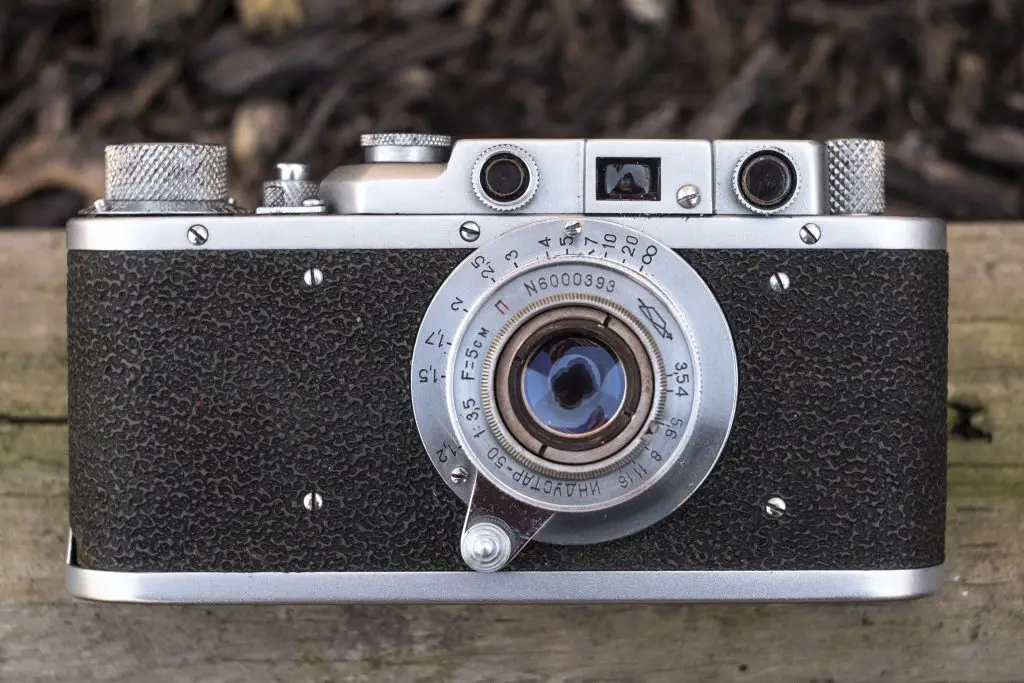
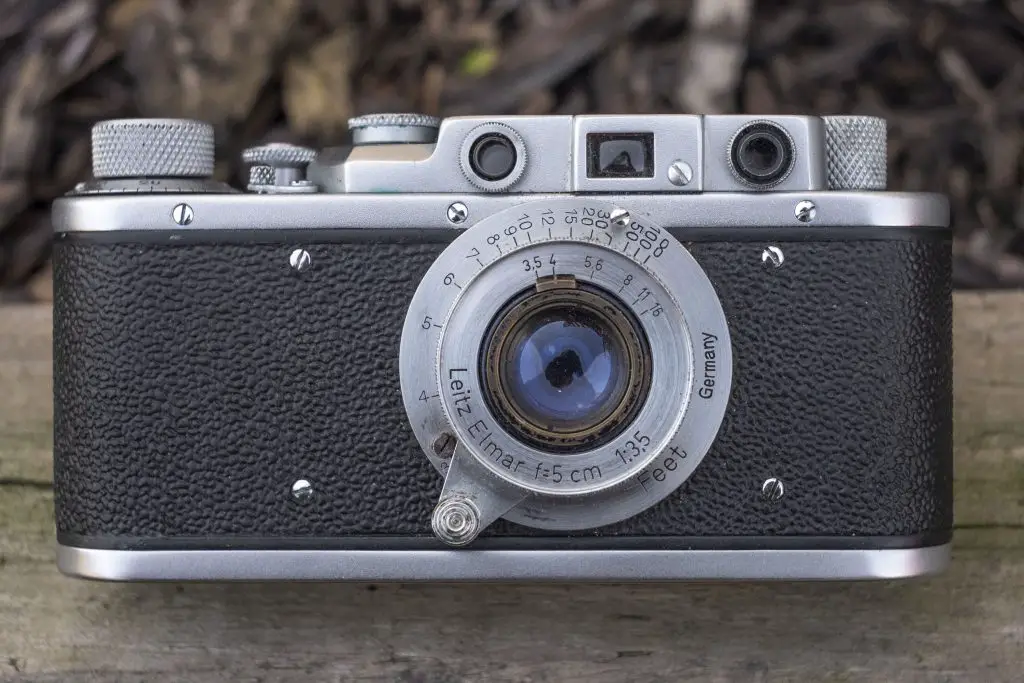
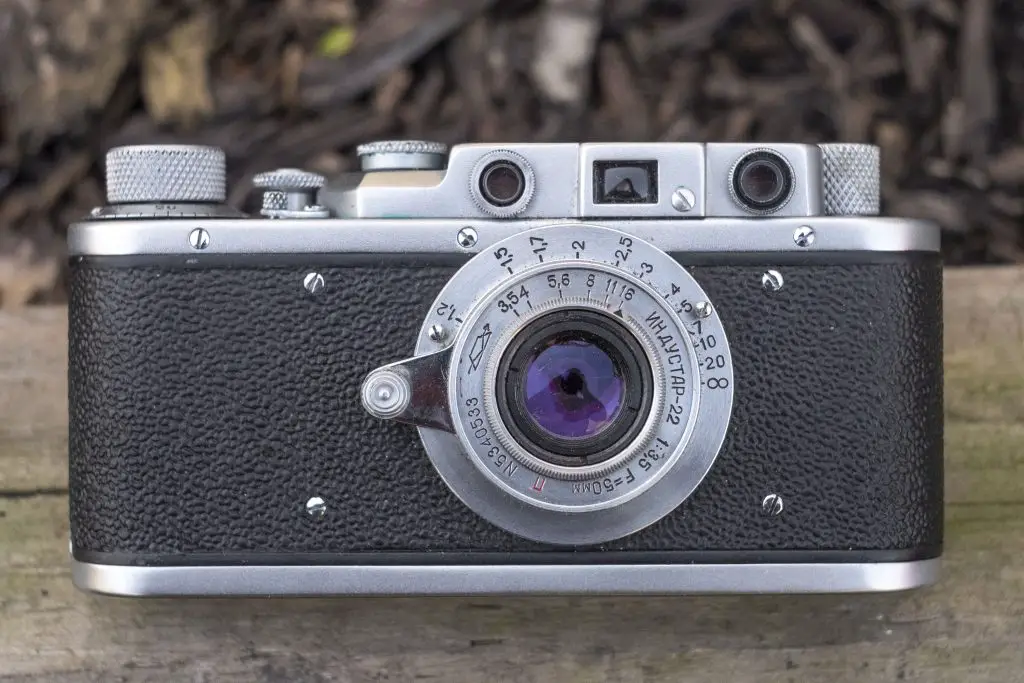
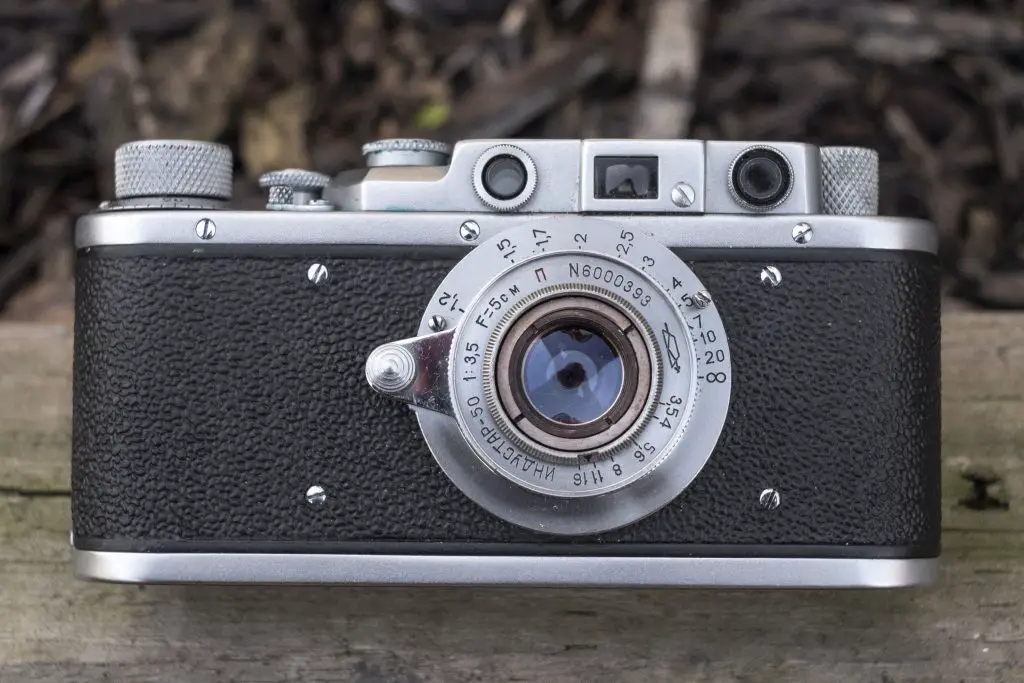



















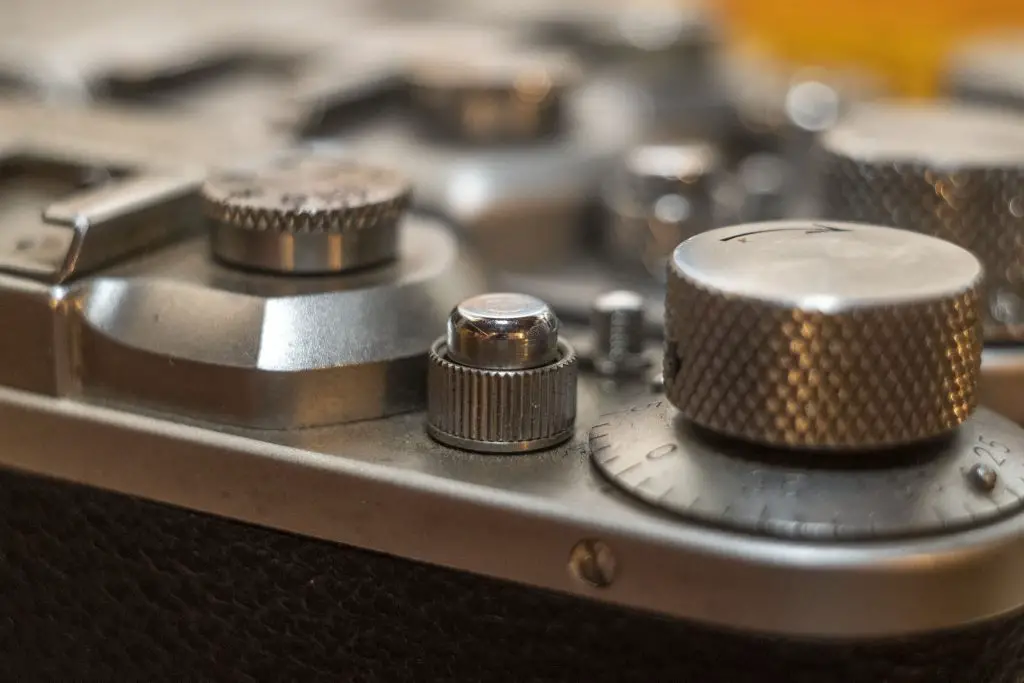
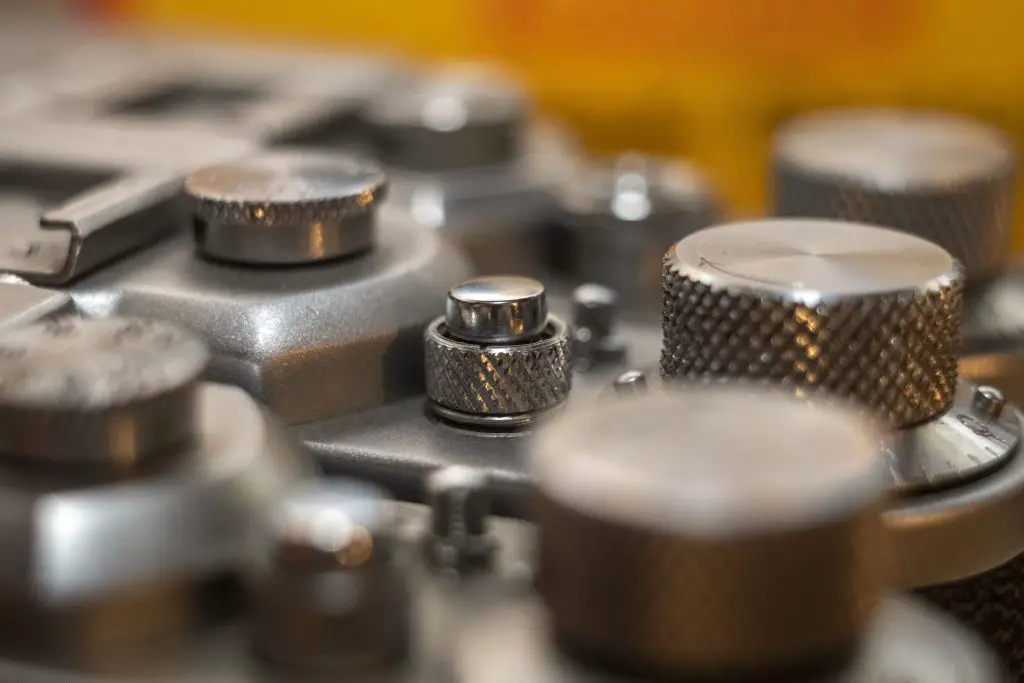
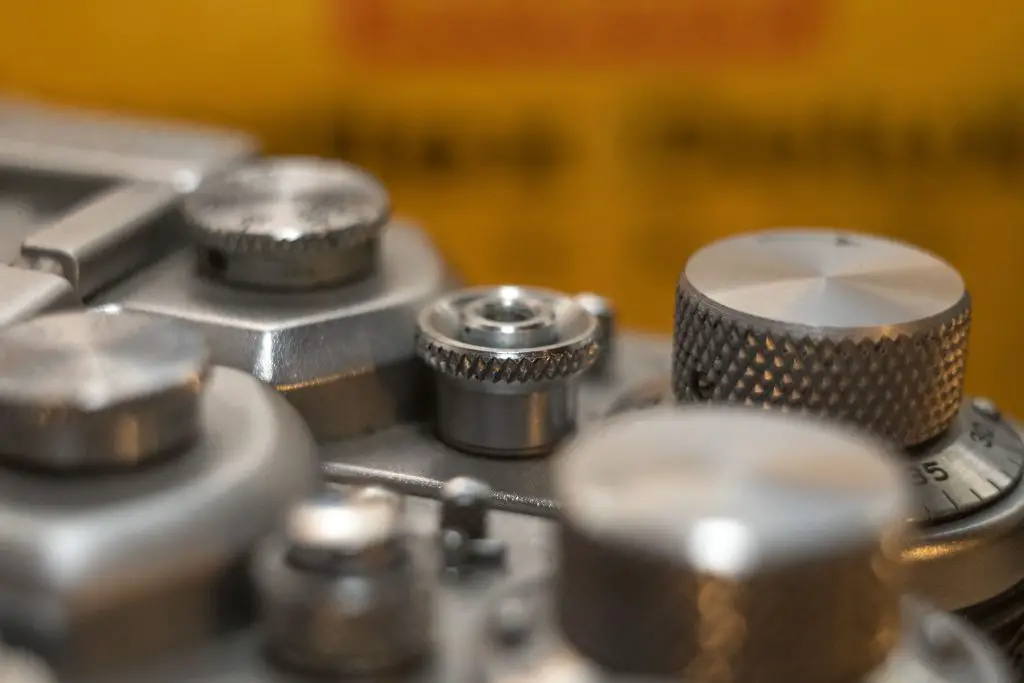
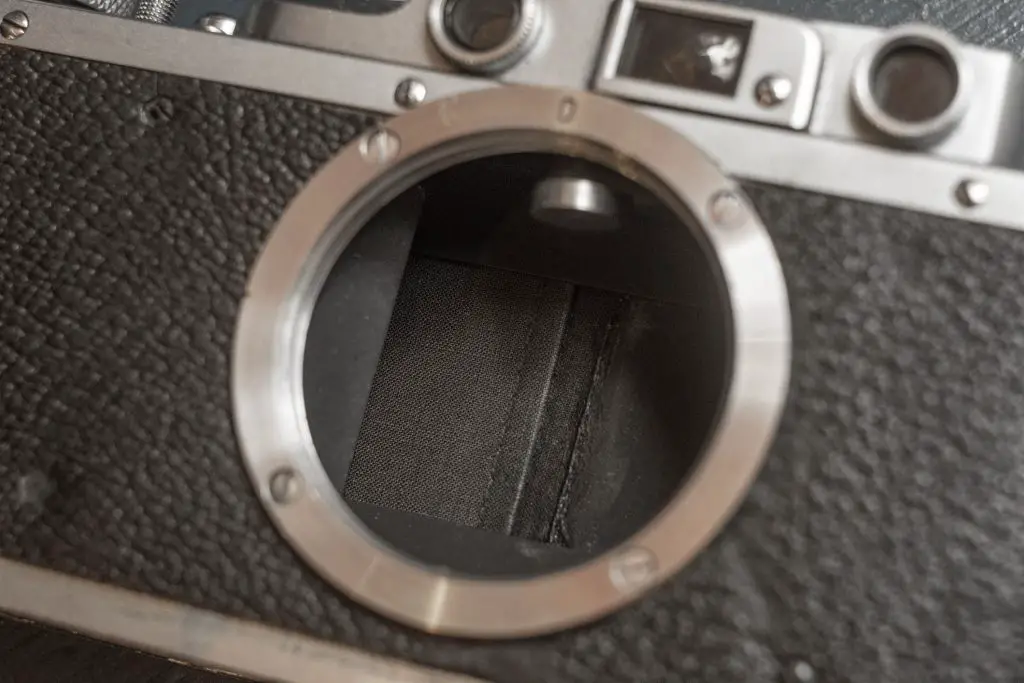
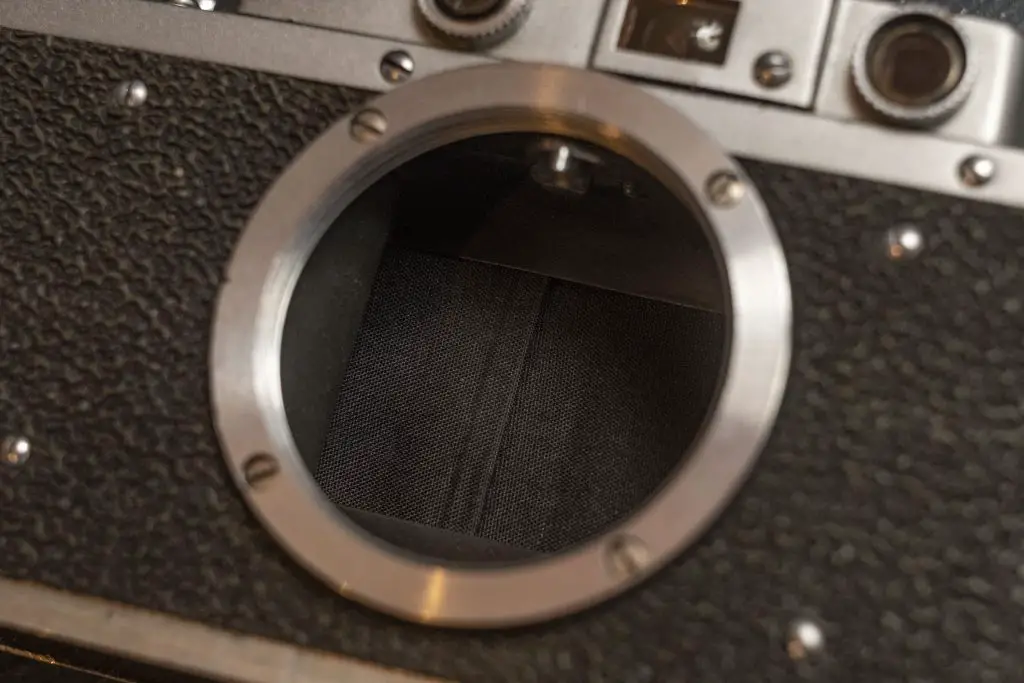
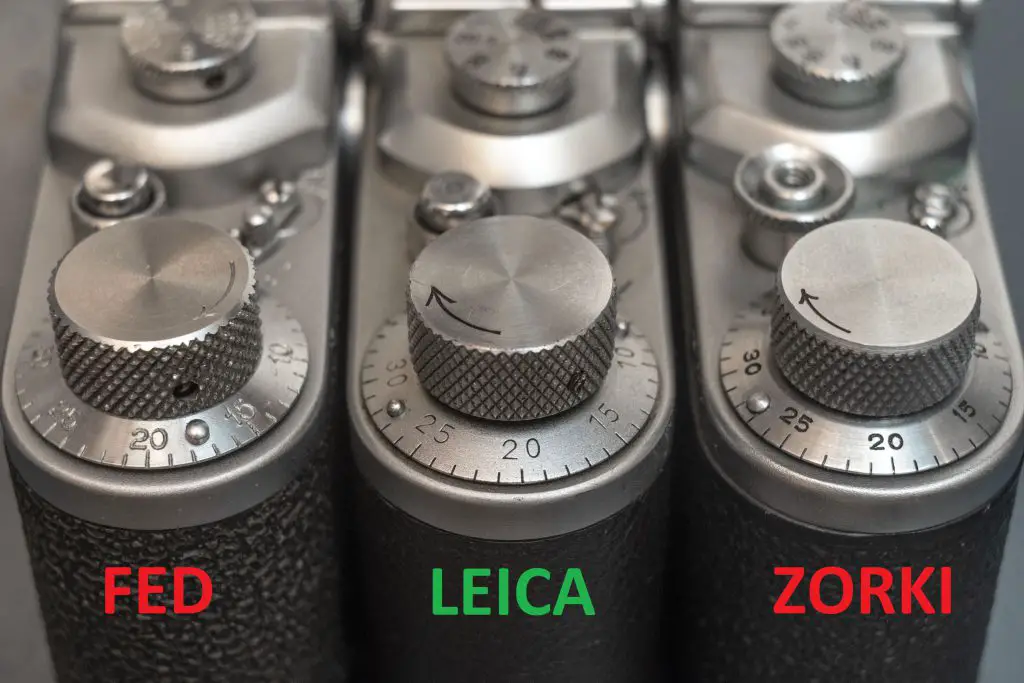
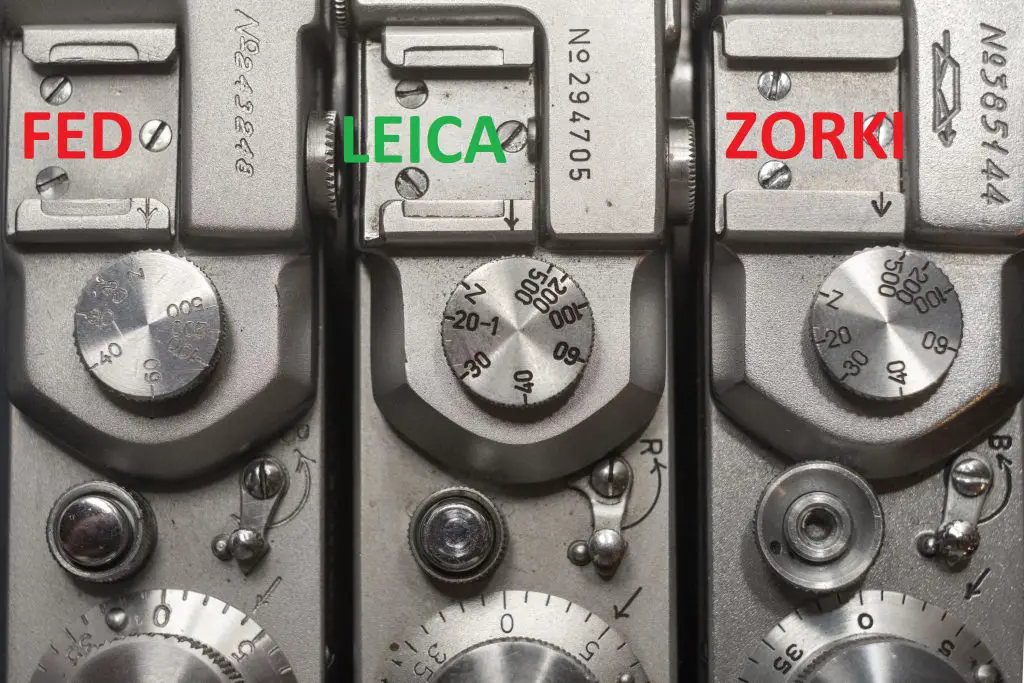
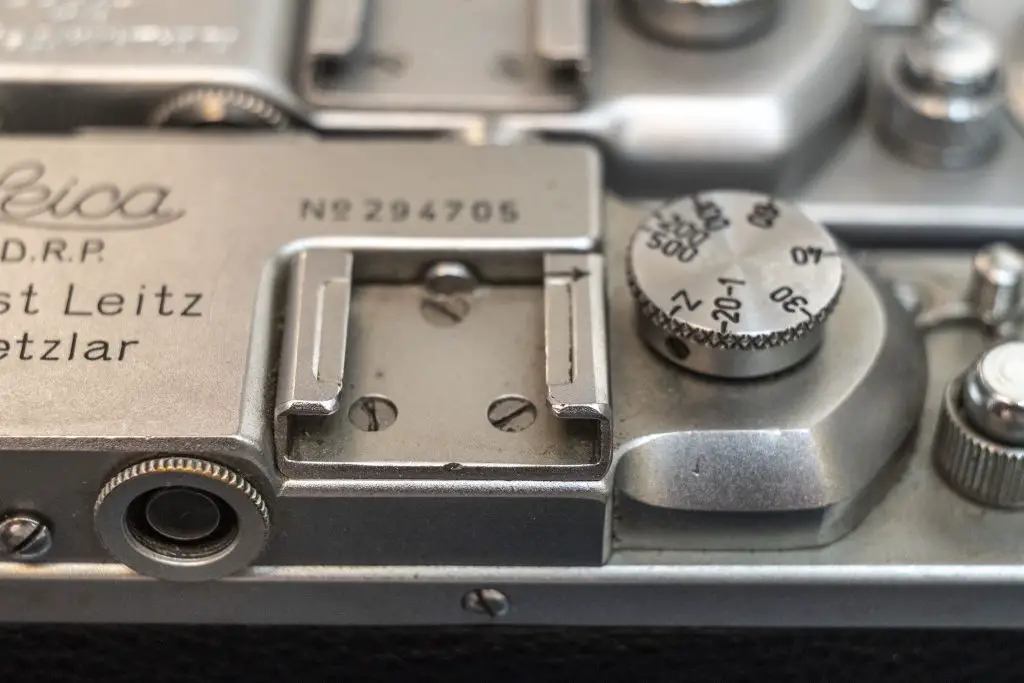
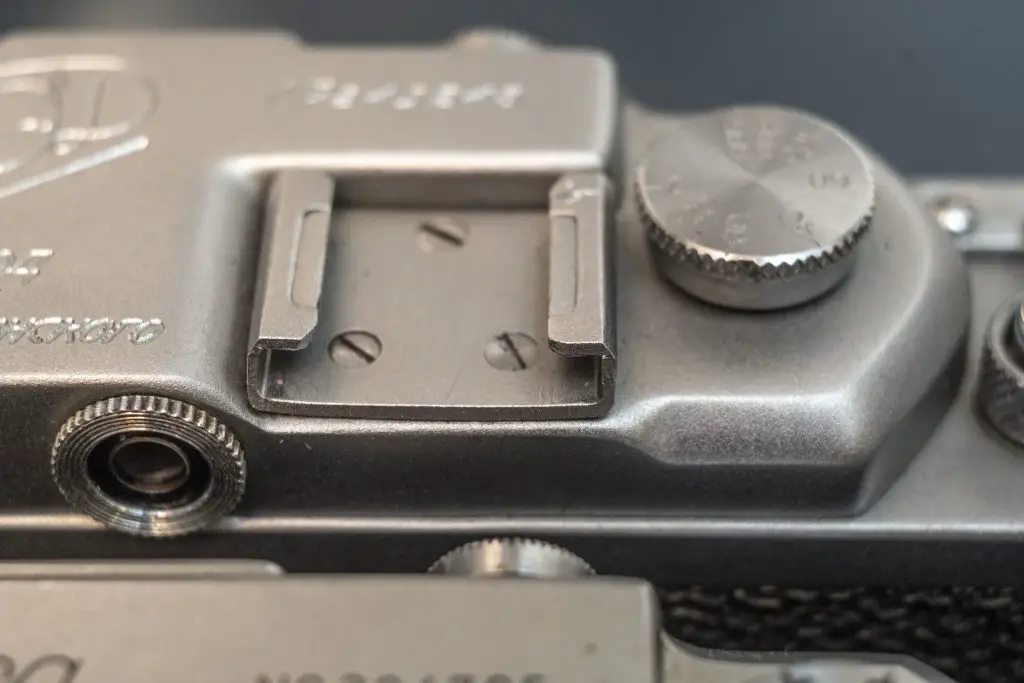





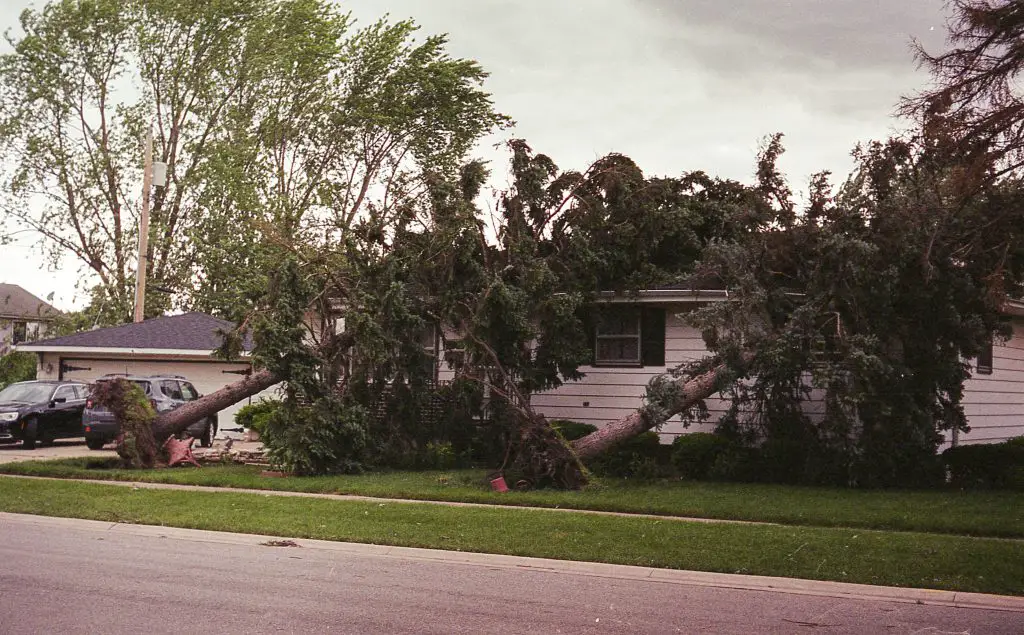

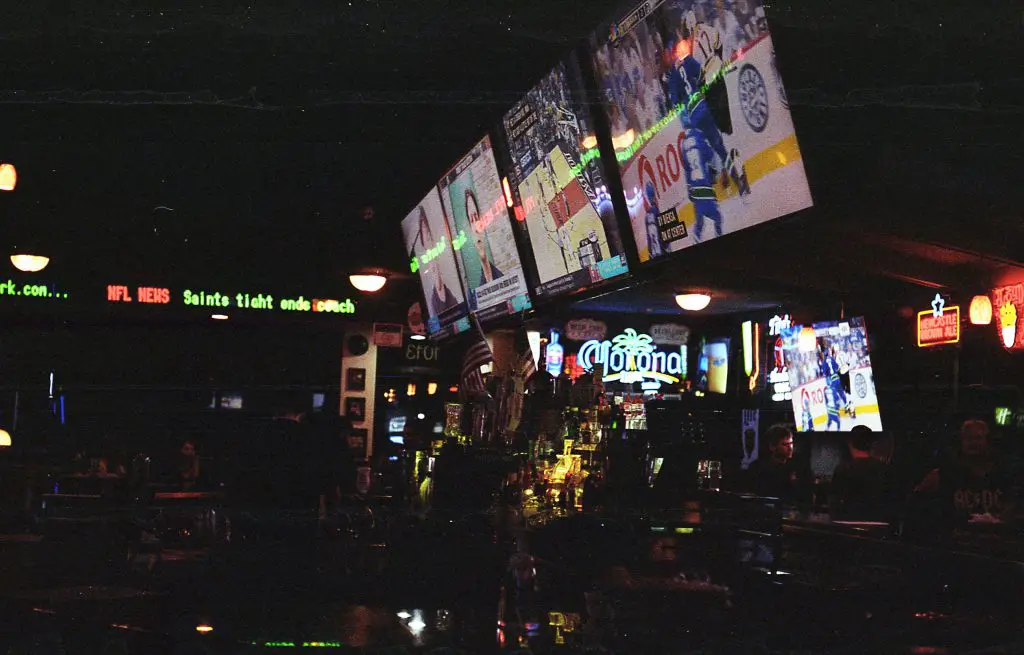
Fun and informative! A good sub topic might be ‘fake patination’
Here’s my litmus test for spotting a fake Leica — I can afford it!!!!! 🙂
You’re not wrong! 🙂
One day last year I met a photographer friend at our local brewery where we talk mostly about cameras. We each had brought an old camera for comparison — mine was a 1936 Leica III and his was a Russian copy. My friend pointed out that the easiest way to spot the Russian fake was it’s the one that didn’t work.
Maybe a little harsh and simplistic, but still….
I had known about the fake Leica ii and iii cameras from the former USSR. However, there are also fake Zeiss lenses that follow a similar narrative. The lenses are clearly marked Zeiss Germany but are Industar lenses. I purchased one from Ukraine and have no complaints. It is a bright yellow L39 lens that looks great on my Bessa L.
Yes, I have seen more and more fake Zeiss lenses too. There are even fake Contax rangefinders where they take a Kiev, paint it black and re-engrave a Zeiss-Ikon logo in them. Thankfully, they are super easy to spot because Zeiss-Ikon never made black Contax IIs and IIIs.